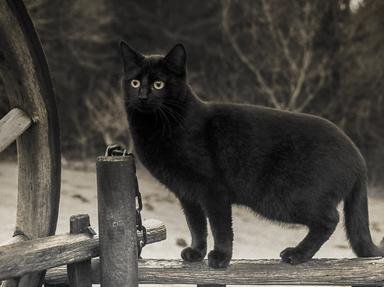Quiz Answer Key and Fun Facts
1. In this country the name ladybird was derived from "Our Lady's bird".
2. Here they may be called Guld-höna, or Guld-ko! Presumably the common version here is yellow.
3. The name "poulette de la Madone" is found in this country, although ladybirds don't look much like hens to me.
4. The name "Uður böceði" or 'the insect of fortune' may be found here, and children think they will bring good luck.
5. "Kapoentje" meaning "little rascal" is the more usual name, but often you come across "Lieveheersbeestje" in this country.
6. "Guldvogel" meaning gold-bird is one name given to the ladybird in this country.
7. "Pashalitsa", a name related to Easter, is used in this country.
8. "Bozhya korovka" is what it is called here, which means "God's little cow".
9. Ladybug of course is what they are called in the country where any insect is usually called a bug.
10. "Buwch goch gota", another cow reference, is what it may be called in this country.
Source: Author
davejacobs
This quiz was reviewed by FunTrivia editor
agony before going online.
Any errors found in FunTrivia content are routinely corrected through our feedback system.

